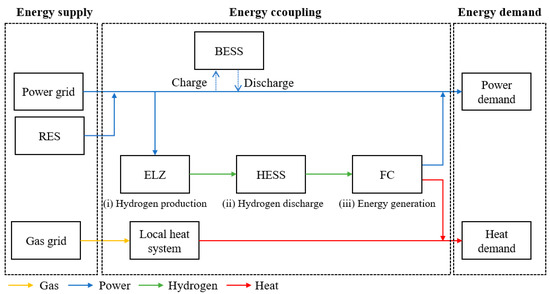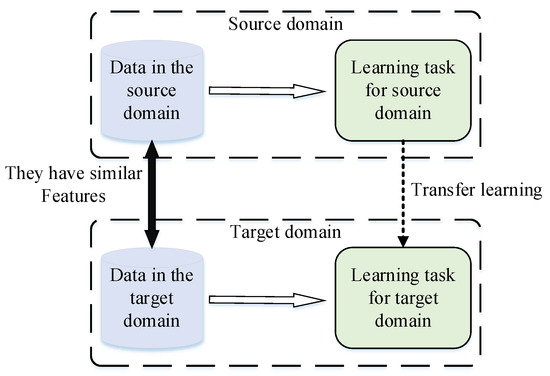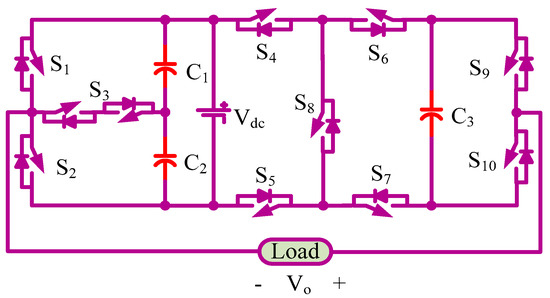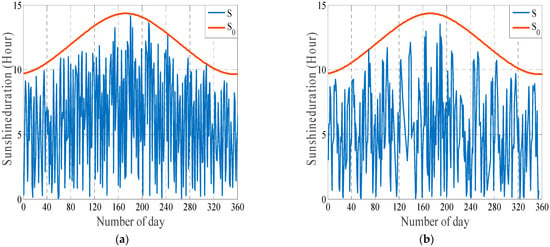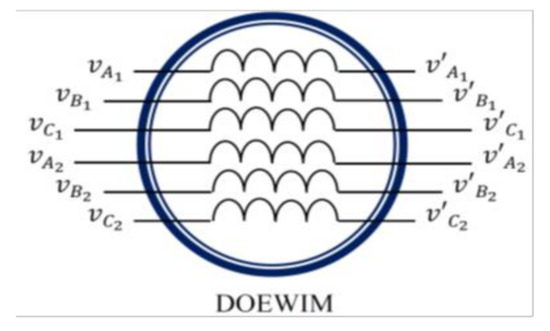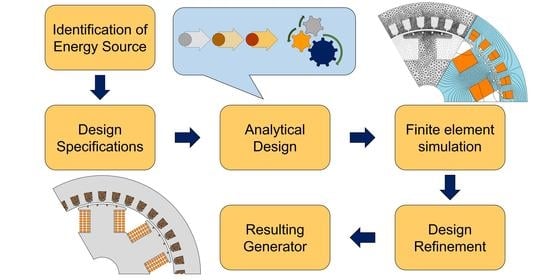Electrical Power and Energy System: From Professors to Students
A topical collection in Energies (ISSN 1996-1073). This collection belongs to the section "F1: Electrical Power System".
Viewed by 18721
Editors
Interests: intelligent control; advanced control; robust control; adaptive control; wind turbine systems; PV systems; wireless control schemes; wireless sensor networks; smart sensors and actuators
Special Issues, Collections and Topics in MDPI journals
Interests: advanced control of electric machines; power electronics; renewable energy; intelligent control; neural network control; fuzzy logic control; linear system control
Special Issues, Collections and Topics in MDPI journals
Topical Collection Information
Dear Colleagues,
We are inviting submissions to the Energies Topical Collection on “Electrical Power and Energy System: From Professors to Students.”
An electric power system is a network of electrical components deployed to supply, transfer, and use electric power. An example of a power system is the electrical grid that provides power to homes and industry within an extended area. The electrical grid can be broadly divided into the generators that supply the power, the transmission system that carries the power from the generating centers to the load centers, and the distribution system that feeds the power to nearby homes and industries.
This Topical Collection is focused on key advances in the generation, transmission, distribution, and conversion of electrical energy systems. Original submissions concerning the modeling, analysis, optimization, and control of advanced electric power and energy systems, grid-connected power electronics converters, and renewable energy production and integration are of particular interest in this Topical Collection. The collection will include, but is not be limited to:
- Power Generation, Transmission, and Distribution
• Conventional and renewable power generation
• Transmission systems
• Distribution systems, automation and control
• Energy efficiency
• Renewable energy technologies and system
• Smart Grid
• Electric vehicles and charging networks
• Power system control
• Demand Response - Power System Management
• Power system development and economics
• Power system operation, planning, and control
• Power system environmental performance
• Electricity markets and regulation
• Load modelling, estimation, and forecast - Electrical Machines
• Power electronics
• Electrical machines and drives
• Power transformers and reactors
• Design of electrical machines for sustainable energy applications
The target audience of this Topical Collection includes academicians, specialists, researchers, and professionals who are working and interested in the field of electrical power and energy systems.
Prof. Dr. Oscar Barambones
Prof. Dr. Jose Antonio Cortajarena
Collection Editors
Manuscript Submission Information
Manuscripts should be submitted online at www.mdpi.com by registering and logging in to this website. Once you are registered, click here to go to the submission form. Manuscripts can be submitted until the deadline. All submissions that pass pre-check are peer-reviewed. Accepted papers will be published continuously in the journal (as soon as accepted) and will be listed together on the collection website. Research articles, review articles as well as short communications are invited. For planned papers, a title and short abstract (about 100 words) can be sent to the Editorial Office for announcement on this website.
Submitted manuscripts should not have been published previously, nor be under consideration for publication elsewhere (except conference proceedings papers). All manuscripts are thoroughly refereed through a single-blind peer-review process. A guide for authors and other relevant information for submission of manuscripts is available on the Instructions for Authors page. Energies is an international peer-reviewed open access semimonthly journal published by MDPI.
Please visit the Instructions for Authors page before submitting a manuscript. The Article Processing Charge (APC) for publication in this open access journal is 2600 CHF (Swiss Francs). Submitted papers should be well formatted and use good English. Authors may use MDPI's English editing service prior to publication or during author revisions.
Keywords
- power generation, transmission, and distribution
- conventional and renewable power generation
- energy efficiency
- smart grid
- electric vehicles and charging networks
- power system control
- power electronics control
- power system management
- electrical machines






